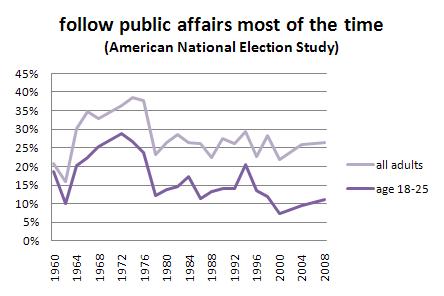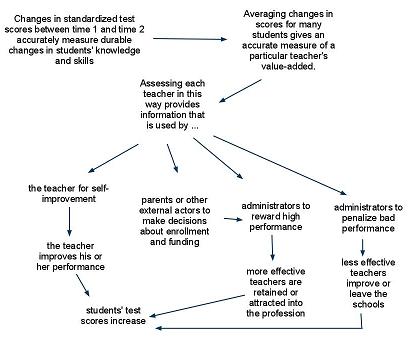There seems to be widespread confusion about moderation, civility, and bipartisanship–not just about the words, but about real implications for politics and justice. People who want more radical policies are prone to demand more aggressive rhetoric (example: Paul Krugman); and people who want more civil discourse call for moderate policies (example: David Broder). Attitudes towards parties and partisanship are mixed together with those two questions, when they should all be separated.
Consider the question of how President Obama should have reacted to the recession when he first took office. He could have adopted more or less moderate proposals; the main difference would have been the price tag of the stimulus request, which could have been twice or half as big as it actually was. He could have used more civil or more aggressive discourse in addressing his ideological critics. And he could have constructed both his policy and his strategy for passing it with more or less regard for its impact on the two major parties.
To see that these are separate issues, consider that the president could have doubled the dollar value of the stimulus package but defended it with elaborate courtesy, or he could have halved it and shoved it in the face of conservatives in Congress. He could have tailored it to provide cover for wavering Republican legislators, or deliberately constructed it as a “wedge issue” to embarrass them.
Moderation refers to the content of the policy. It falls between timidity and recklessness. So defined, it is a virtue: close to prudence. However, whether a given policy actually is moderate and prudent is a difficult question. Some would say that the Obama stimulus package and health care reform bills were timid, not moderate. Others think they were breathtakingly radical. Everything depends on what would work best–something we cannot know for sure but can rationally debate. If you think that Keynes was wrong and governments cannot stimulate demand in recessions, then the stimulus package was profligate and immoderate. If you think that the recession demanded twice as much Keynsian stimulus, then the package was timid and weak. It was moderate only if it was the right size.
Civility refers to a style of discourse. Civil speakers refrain from personal attacks, imputations of bad motives on the part of their opponents, and highly negative language. Civil speakers presume the basic good faith of other people until clearly proven wrong, and do not give up on individuals just because they belong to groups that the speaker dislikes. Civility means trying to keep the conversation going and welcoming replies from the other side, rather than trying to exclude opponents.
As such, civility is a virtue–certainly in ordinary life. But it is not a transcendent virtue and it can trade off against other virtues, such as clarity, commitment, and moral passion. In politics, I think it generally pays off. For example, I suspect that President Obama has polled better than one would expect (given the economy) because people basically like his courteous style. But there can be a political cost if civil language obscures important differences or fails to motivate “the base.”
Partisanship means lining up with a party and making tactical and strategic choices to benefit your party over the others. It is by no means always wrong. Parties are vehicles for achieving social change. If one of the parties reflects your views much better than the others do, you should support that party. If you hold political office, it may be wise to win control of the government even if that means playing hardball. For example, Republicans may be trying to prevent the administration from successfully addressing the recession; and while that has a cost for America, it is not unprincipled, if one assumes that they would legislate for their own principles once they won Congress back. Partisan competition is good for democracy because it gives voters consequential choices.
On the other hand, professional politicians often neglect the costs–the collateral damage–of pursuing partisan strategies because their self-interest aligns with their party’s. Partisan strategies often fail because our system is engineered to require at least some votes from both parties for important legislation. And a partisan lens can obscure the truth if one starts to believe that everyone on either side of the aisle is alike and that the only pathway to reform is for your party to win more seats. I think that is simply a false interpretation of reality in our system of weak parties and entrepreneurial candidates.
For what it’s worth, I would tend to favor stronger, bolder policies. I think our actual policies are weak rather than moderate. I welcome a robust debate but I would recommend conducting that debate with basic rules of civility even if one’s opponents fail to be civil in return. Civility is popular, it makes uncivil opponents look bad, and it promotes broad public engagement. (When politics turns into a shouting match, most Americans tune it out.) I favor clear partisan differences and electoral competition, but I believe our system rewards partisan maneuvering even when the collateral damage is too high.

